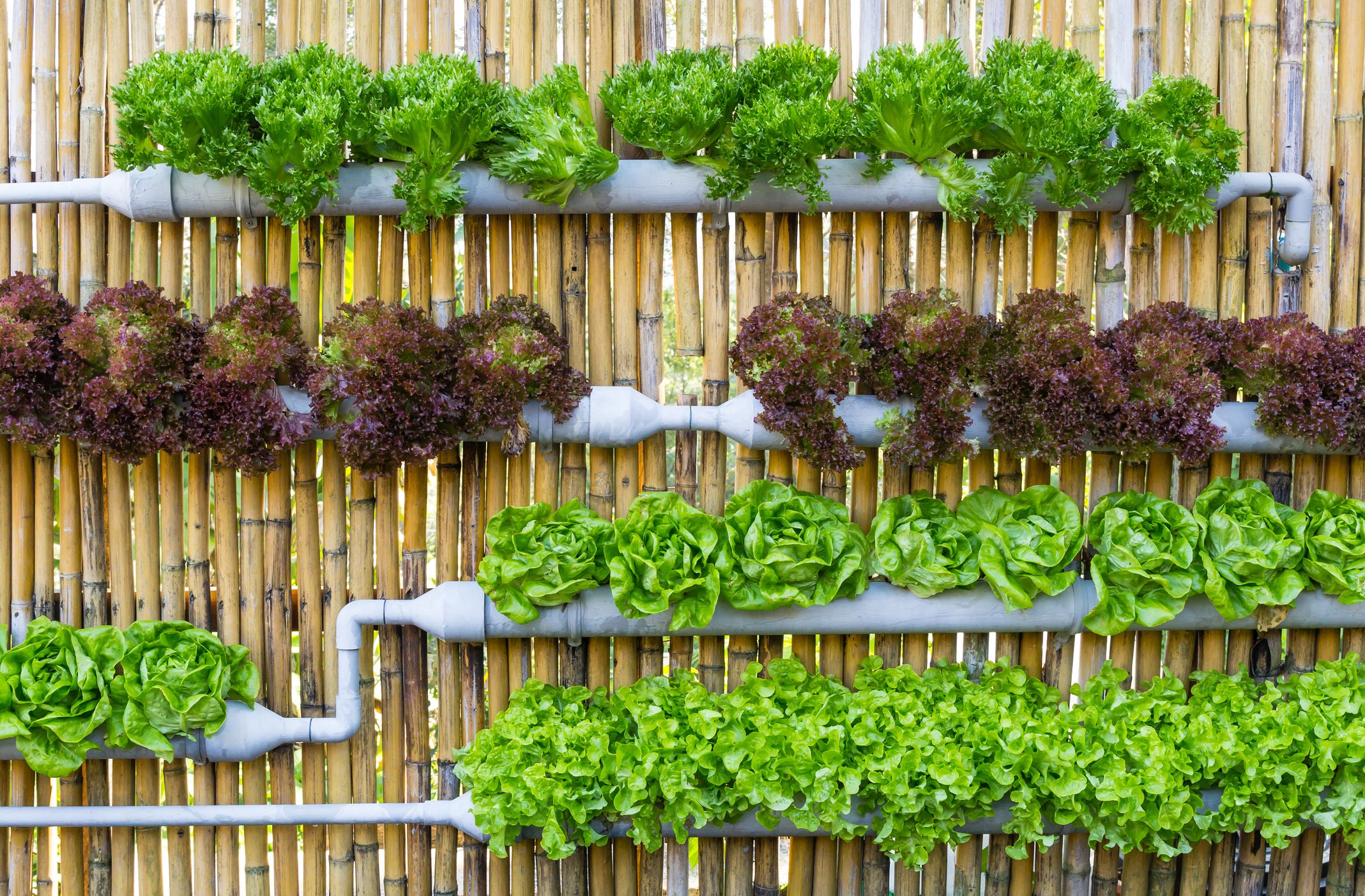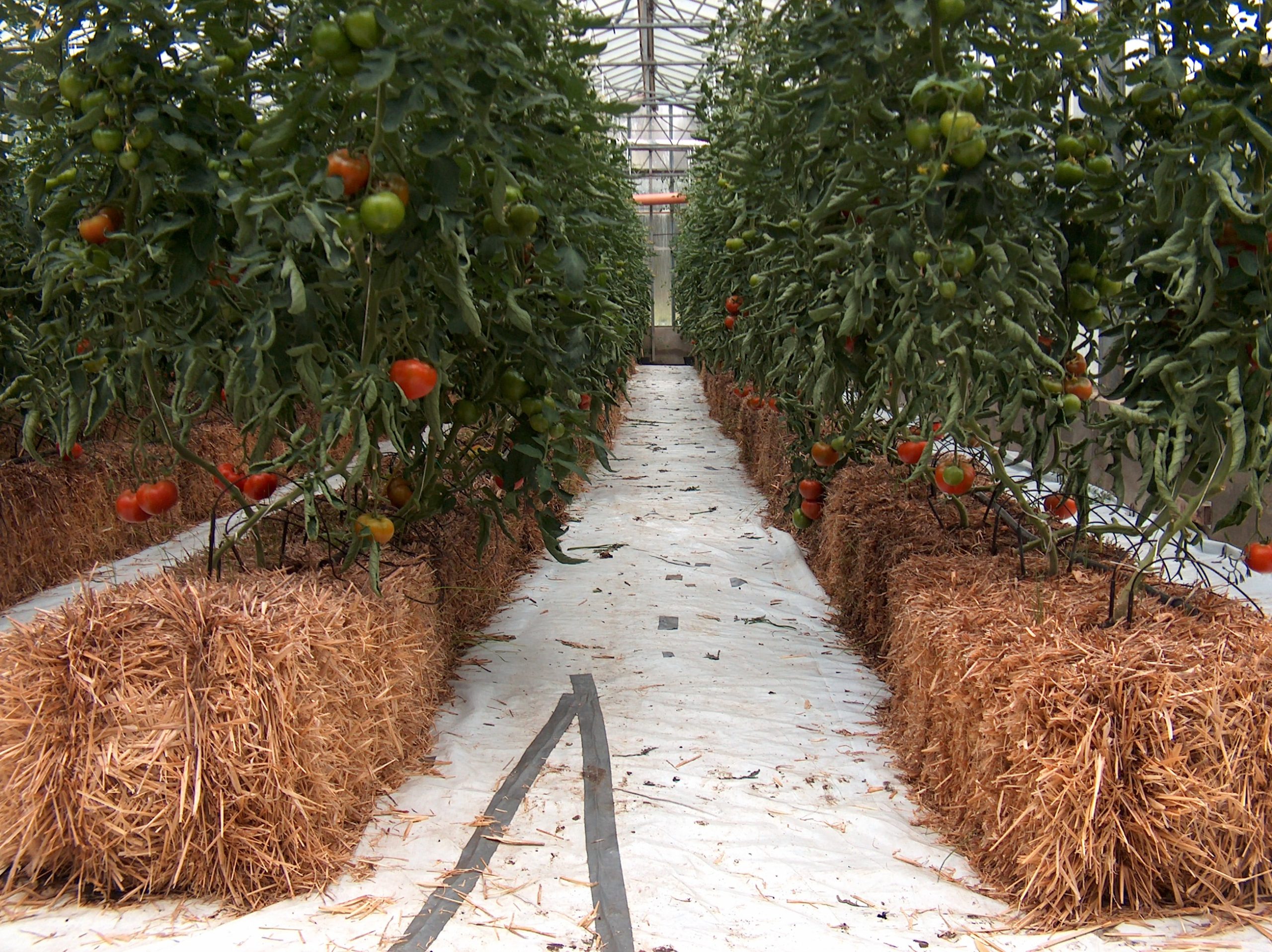How to grow plants without soil, In the realm of gardening, the concept of growing plants without soil, known as hydroponics, has gained immense popularity. This innovative method provides plants with the necessary nutrients, fostering robust growth without the need for traditional soil. In this comprehensive guide, we’ll explore the fascinating world of soilless gardening, offering step-by-step insights into how you can cultivate a thriving, soil-free garden at home.
Embarking on the journey of growing plants without soil is an exciting venture into the future of gardening. This method not only maximizes space efficiency but also allows for precise control over nutrient levels, resulting in healthier and more productive plants.
Understanding Hydroponics:
How to grow plants without soil, Hydroponics involves cultivating plants in nutrient-rich water solutions, providing a controlled environment for optimal growth. Before diving in, it’s crucial to understand the fundamental elements of hydroponic systems:

Nutrient Solution:
In hydroponics, plants receive essential nutrients through a water-based solution. These nutrients are dissolved in water, creating a balanced cocktail that nourishes plants directly.
How to grow plants without soil, Growing Mediums:
While hydroponics eliminates traditional soil, plants still need support. Various inert growing mediums such as perlite, coconut coir, or hydroton are used to anchor the plants’ roots and provide stability.
Types of Hydroponic Systems:
There are different hydroponic systems, including nutrient film technique (NFT), deep water culture (DWC), and aeroponics. Each has its advantages, and the choice depends on factors like space, budget, and the type of plants you want to grow.
Setting Up Your Hydroponic Garden:
How to grow plants without soil, Now, let’s delve into the practical steps of setting up a hydroponic garden at home:
Choose the Right System: Select a hydroponic system that suits your needs and space. Beginners often find Kratky and DWC systems relatively simple to start with.
Selecting Plants: Not all plants thrive in hydroponic systems, so choose plants well-suited for this method. Herbs like basil, mint, and lettuce are excellent choices for beginners.
Creating the Nutrient Solution: Invest in a quality hydroponic nutrient solution or formulate your own by following recommended guidelines. Ensure a balanced mix of essential nutrients for optimal plant health.
Providing Light: As hydroponic systems are often used indoors, adequate lighting is crucial. LED grow lights are popular for providing the necessary spectrum for plant growth.

Monitoring and Maintenance:
How to grow plants without soil, Successful hydroponic gardening involves ongoing monitoring and care:
pH Levels: Regularly check and adjust the pH of the nutrient solution. Most plants thrive in a slightly acidic to neutral pH range.
Nutrient Levels: Monitor nutrient levels to ensure that plants receive the right balance of essential elements. Adjust the nutrient solution as needed.
Temperature and Humidity: Maintain optimal environmental conditions, including temperature and humidity, to support healthy plant growth.
Common Challenges and Solutions:
Like traditional gardening, hydroponics comes with its challenges:
Disease Prevention: Since hydroponic systems eliminate soil-borne diseases, the risk of plant diseases is reduced. However, maintaining cleanliness and proper hygiene is essential.
Algae Growth: Algae can develop in nutrient solutions exposed to light. Prevent this by using opaque containers and keeping the solution covered.
Harvesting and Enjoying Your Yield:
One of the most rewarding aspects of hydroponic gardening is harvesting your homegrown produce:
Timing Harvests: Harvest plants when they reach the desired size. For leafy greens, pick outer leaves first, allowing the inner ones to continue growing.
Enjoying Fresh Produce: Incorporate your hydroponically grown herbs and vegetables into a variety of dishes to savor the freshness and flavor of your homegrown harvest.

Growing plants without soil through hydroponics is a captivating and sustainable gardening approach that empowers individuals to cultivate fresh produce at home. With the right knowledge and dedication, anyone can create a thriving soilless garden, enjoying the benefits of controlled growth, resource efficiency, and year-round yields. So, whether you’re a seasoned gardener or a curious beginner, consider venturing into the world of hydroponics and witness the magic of cultivating plants without traditional soil constraints.

